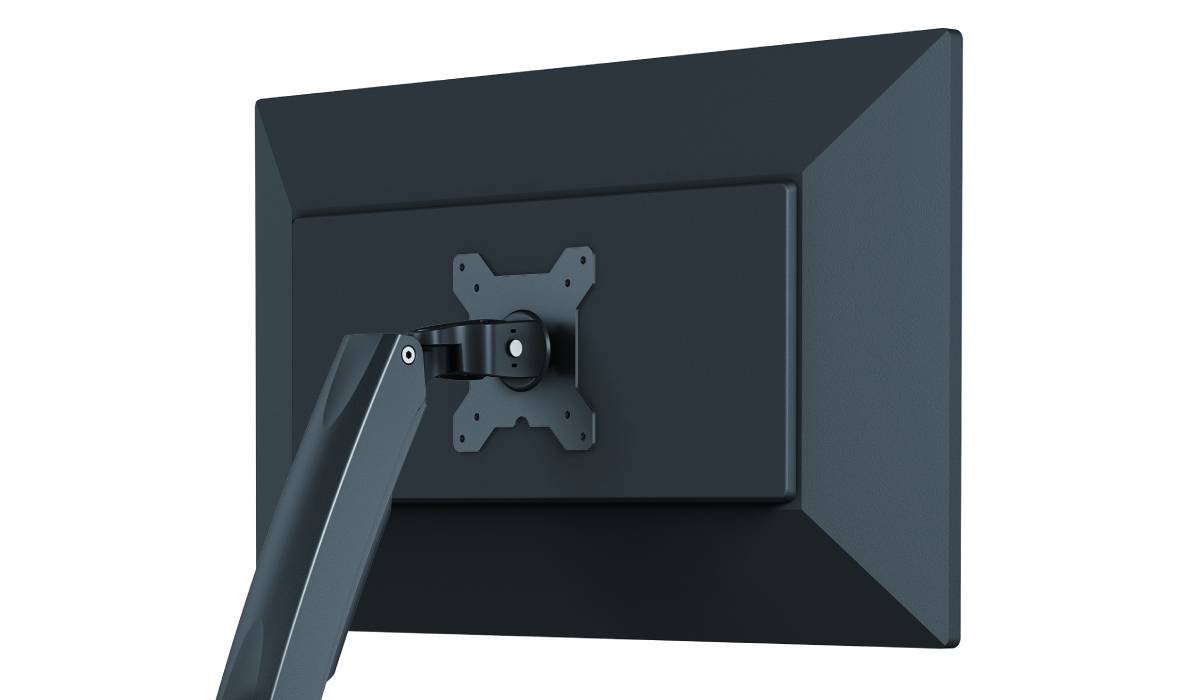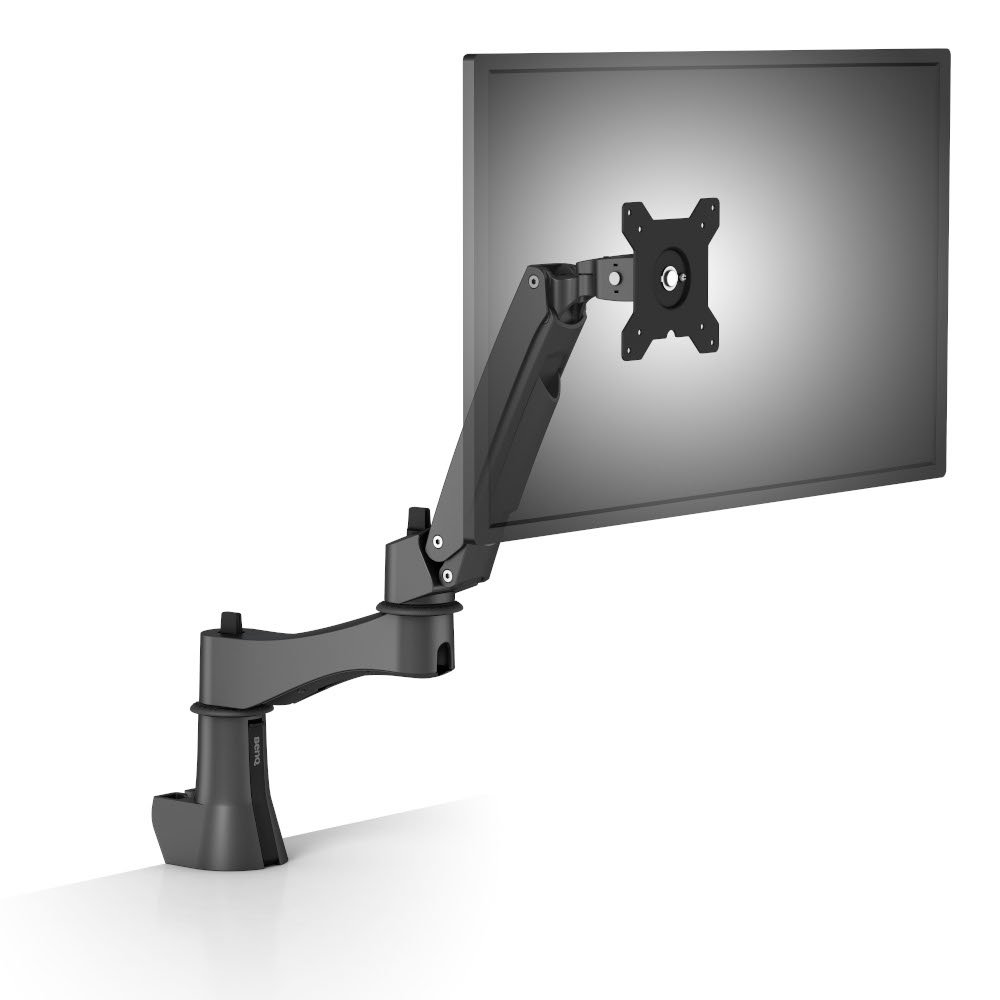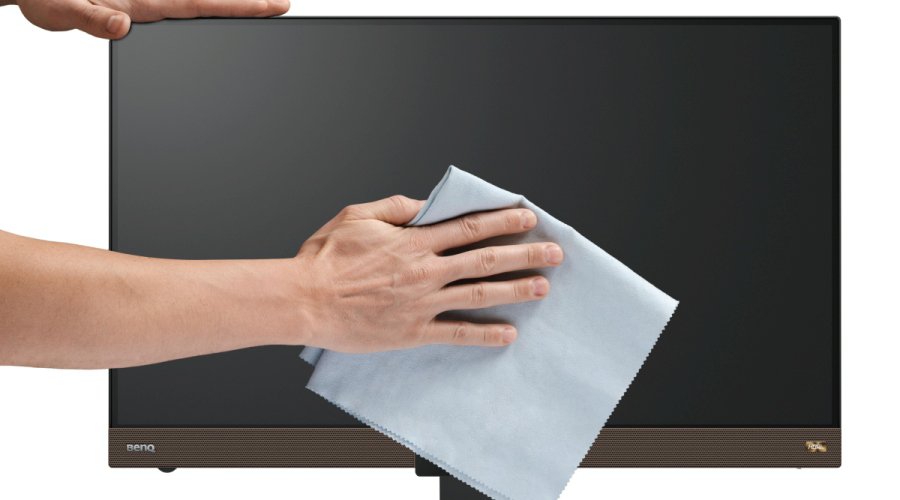For popular office and work monitors in the 22”-24” range, the most common pattern is MIS-D. Spacing between screw holes is 100mm or 75mm, or a combination of the two. You may have 100 x 100, 100 x 75, or 75 x 75 patterns. This MIS uses regular M4 screws that are 10mm wide. By the way, MIS stands for Mounting Interface Standard.
Larger monitors, like 27” gaming displays, require the MIS-E pattern. Again, M4 10mm screws are used, but the spacing between screw holes grows to 400mm, 200mm, and 100mm. Usually that entails a 200 x 100 pattern, but 200 x 200 or 100 x 100 may also occur.
Then we have MIS-F for the biggest monitors and essentially every TV made nowadays. If you have a nice 32” 4K UHD monitor then this is the VESA mounting pattern you need to look at. Bigger M6 and M8 screws are used to sustain larger payloads, and the pattern is likewise expanded. Manufacturers will typically only use 200mm or even 400mm spaces between screw holes to spread out the mount pressure for better handling of larger display weight.
We can’t stress enough that unlike resolution, brightness, HDR, or refresh rate, VESA mounting requires more alertness on your part. By nature and design it’s more of a DIY affair, unless you hire someone to do all the work for you. Otherwise, you will need to break out the measuring tape and look closely at your display’s official specifications.





